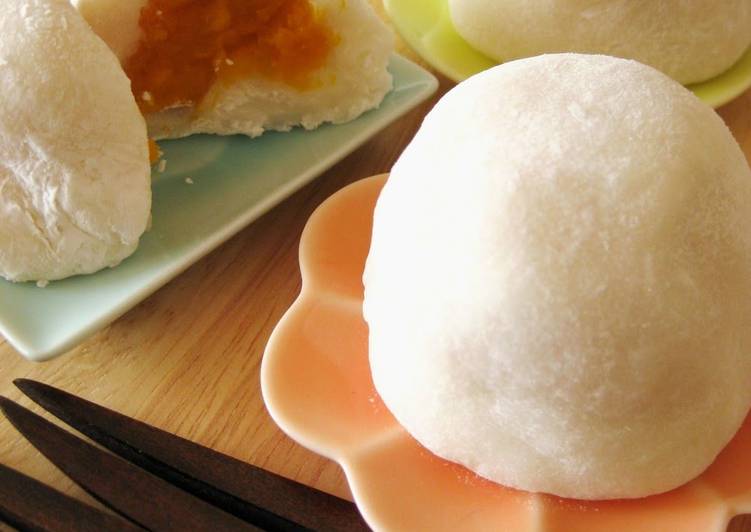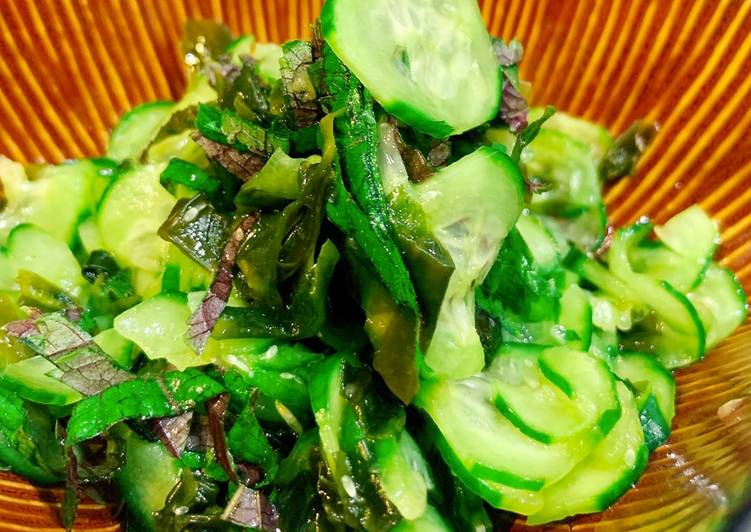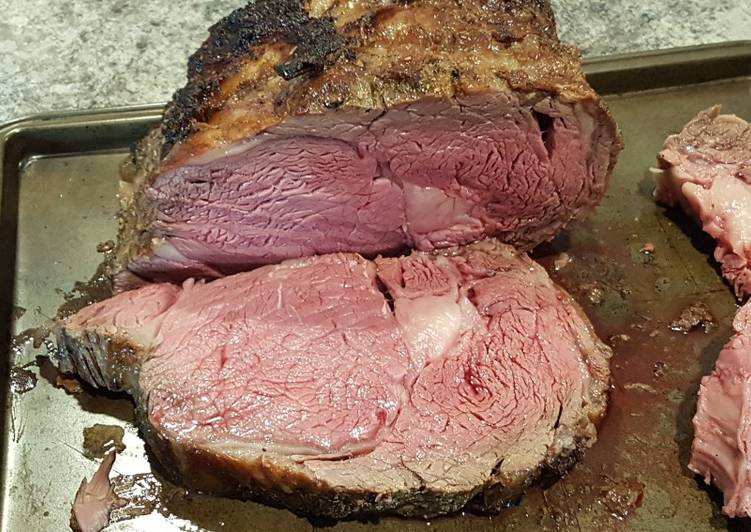
This amazing day, it’s John, welcome to our cooking learning website. In this special moment, we’re going to prepare a distinctive dish, kabocha squash & milk daifuku. One of my favorites food recipes. For mine, I am going to make it a bit tasty. This will be really delicious.
Kabocha Squash & Milk Daifuku is one of the most favored of recent trending foods on earth. It is simple, it’s fast, it tastes delicious. It is appreciated by millions daily. They are fine and they look wonderful. Kabocha Squash & Milk Daifuku is something which I’ve loved my entire life.
It is also called kabocha squash or Japanese pumpkin in North America. In Japan, " kabocha " may refer to either this squash, to the Western pumpkin, or indeed to other squashes. Line a baking sheet with foil and cut the squash in half lengthwise. Scoop out the seeds and stringy insides and then cut each half into three wedges, making sure that each slice is uniform.
To get started with this recipe, we have to prepare a few ingredients. You can cook kabocha squash & milk daifuku using 7 ingredients and 9 steps. Here is how you can achieve that.
The ingredients needed to make Kabocha Squash & Milk Daifuku:
- Take 100 grams Kabocha squash
- Prepare 1 tbsp ◆Sugar
- Get 1 tsp ◆Milk
- Get 2 pieces Pre-cut mochi cakes
- Take 50 ml ☆Milk
- Take 1 tbsp ☆Sugar
- Get 1 Katakuriko
In restaurants, you may have enjoyed it dipped in tempura batter and fried, or slow simmered in hot pots or soups. And while this winter squash may look like pumpkin's short and stocky cousin, it's actually closer to sweet potato in flavor and texture. Kabocha is a hard squash, like most winter squash varieties are, and it has green, slightly bumpy skin, often with light green or white stripes, and dark yellow-orange flesh inside. You'll find that it's a very sweet squash and has a slightly dry texture.
Instructions to make Kabocha Squash & Milk Daifuku:
- Remove the seeds from the kabocha squash, cut into 2 cm pieces, and peel.
- Wrap the kabocha squash in moistened paper towels and put in a heat-proof dish. Cover with plastic wrap and microwave for 2-2.5 minutes at 500 W.
- The kabocha is cooked enough when you can easily pierce it with a bamboo skewer. With a fresh paper towel, remove excess moisture from the kabocha squash and from the bowl. Mash the kabocha squash while it's still hot.
- Add the ◆sugar and mix. If the kabocha squash seems dry, add the ◆ milk and mix well. Divide into 4 equal portions and shape into balls.
- Place the mochi rice cakes into a heat-proof bowl and add the ☆ingredients. Cover with plastic wrap and heat for 3 minutes in the microwave (for a 500 W microwave).
- Remove from the microwave and mix well with a spatula. At first, there may be a lot of liquid, but as you continue mixing, the mochi will gradually become smooth.
- When the mochi is smooth and starts to come together, roll into a ball and place it on a tray sprinkled with katakuriko. Dust your hands with katakuriko and divide the mochi into 4 equal portions.
- Stretch out one portion of mochi on the palm of your hand. Place the kabocha squash paste on top and wrap with the mochi. With the seam side down, place the daifuku on a plate. Make the remaining 3 daifuku the same way.
- Serve with tea and enjoy. There's lots of golden kabocha squash paste inside the daifuku… it looks just like a soft-boiled egg!
Kabocha is a hard squash, like most winter squash varieties are, and it has green, slightly bumpy skin, often with light green or white stripes, and dark yellow-orange flesh inside. You'll find that it's a very sweet squash and has a slightly dry texture. Kabocha squash is a round squash with dark green skin. It is a winter squash, harvested in the late summer or early fall. It has a hard rind and orange flesh.
So that is going to wrap this up with this exceptional food kabocha squash & milk daifuku recipe. Thanks so much for reading. I’m sure you can make this at home. There is gonna be more interesting food in home recipes coming up. Don’t forget to save this page in your browser, and share it to your family, colleague and friends. Thank you for reading. Go on get cooking!

